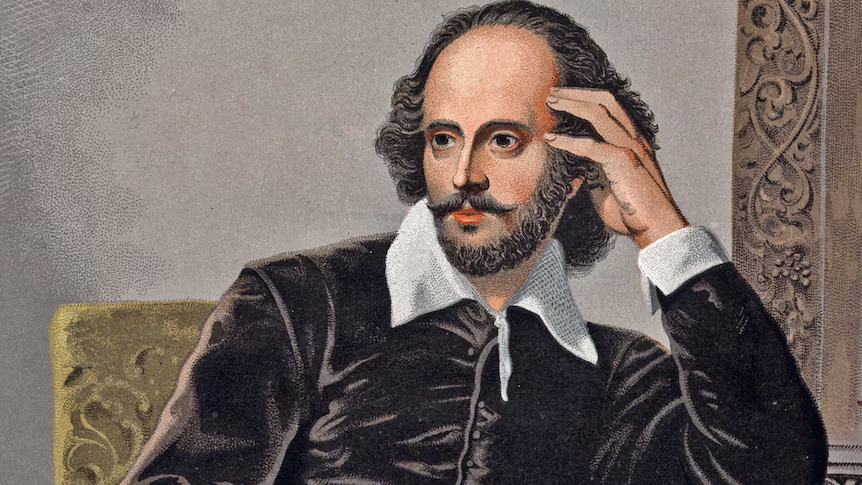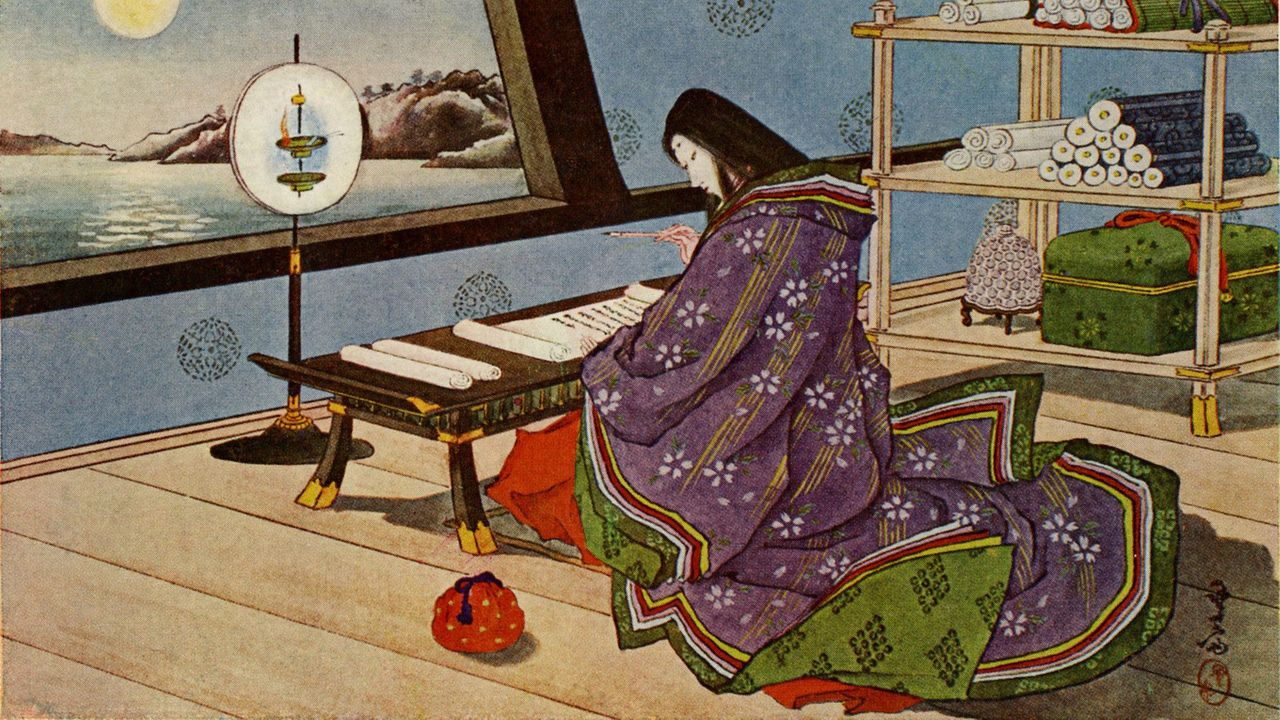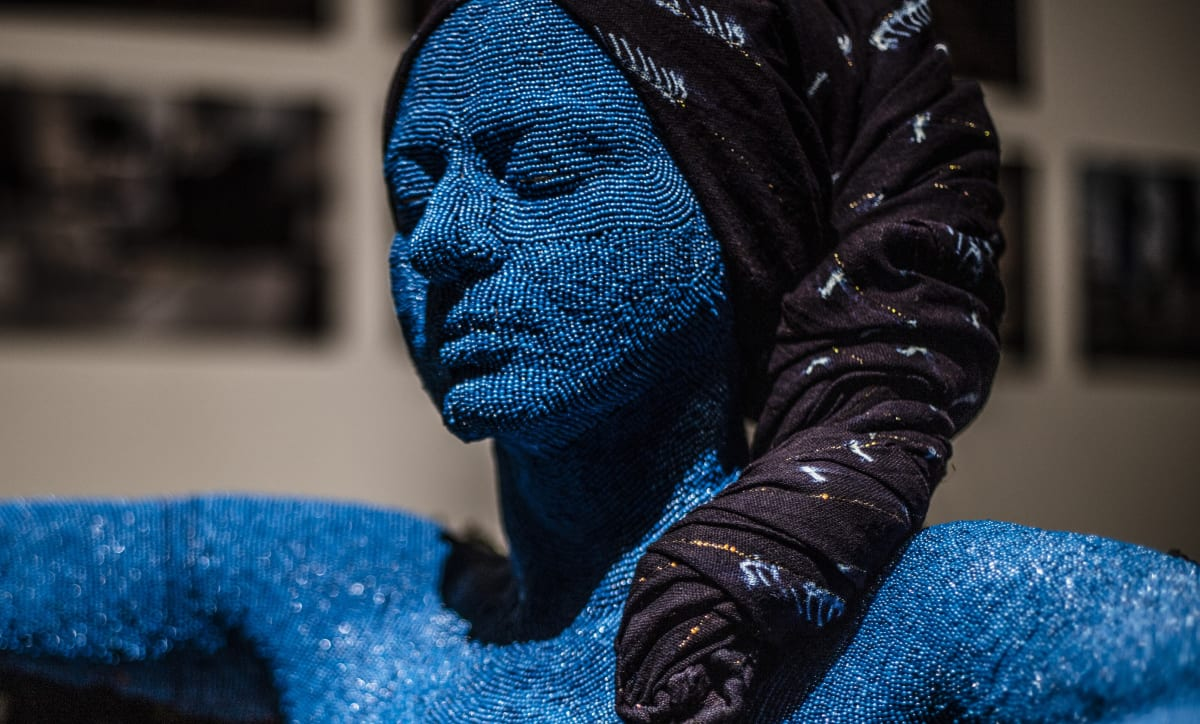innovuscollege.com – Andy Warhol is one of the most influential artists of the 20th century and the undisputed king of Pop Art. His unique approach to art, which blended fine art techniques with mass media and commercial culture, challenged traditional ideas of what art could be. Warhol’s fascination with consumerism, fame, and the repetition of everyday objects not only changed the art world but also left a lasting impact on modern culture. This article explores Warhol’s life, artistic legacy, and how his work continues to resonate today.
1. Early Life and Background
Born Andrew Warhola on August 6, 1928, in Pittsburgh, Pennsylvania, Warhol came from a working-class immigrant family. His artistic talent was evident from a young age, and after studying commercial art at the Carnegie Institute of Technology (now Carnegie Mellon University), Warhol moved to New York City in 1949 to pursue a career in advertising and magazine illustration.
Warhol quickly gained recognition as a successful commercial artist, known for his distinctive ink drawings. However, he longed to break into the world of fine art. His breakthrough came in the early 1960s when he embraced the emerging Pop Art movement, which sought to blur the boundaries between high art and mass-produced culture.
2. Pop Art and the Concept of Repetition
Pop Art as a movement celebrated and critiqued the rise of consumer culture, advertising, and mass media. Warhol’s art epitomized this concept. He used common commercial products like Campbell’s Soup cans and Coca-Cola bottles, as well as famous celebrity images, to create artworks that reflected the growing influence of media in modern life.
One of Warhol’s most famous works, the Campbell’s Soup Cans series (1962), consists of 32 canvases, each featuring a different flavor of soup. By depicting a mass-produced item in a repetitive, grid-like fashion, Warhol turned something ordinary into a subject worthy of art, challenging the viewer’s perception of value and originality.
- Warhol’s View on Art: “I think everybody should like everybody. I’ve always wanted to be a machine, and I think everybody should be a machine. If I could be an artist, I’d want to be a factory.”
Warhol’s embrace of mechanical reproduction became a defining element of his style. He famously adopted the silkscreen printing technique, allowing him to produce multiple versions of the same image. This method reflected the mass production of consumer goods and removed the “personal touch” traditionally associated with fine art. For Warhol, repetition represented the emptiness of modern culture while simultaneously celebrating its accessibility.
3. Iconic Works and Celebrity Obsession
Warhol’s obsession with fame and celebrity culture was another recurring theme in his art. He believed that in a world dominated by media, anyone could be famous for 15 minutes—his famous saying, “In the future, everyone will be world-famous for 15 minutes,” perfectly encapsulates his fascination with fame’s fleeting nature.
- Marilyn Diptych (1962): One of Warhol’s most iconic pieces, the Marilyn Diptych, features 50 images of actress Marilyn Monroe, created using silkscreen printing. The repetitive use of Monroe’s face in vibrant, garish colors on one side and a fading, black-and-white version on the other reflects both the glamour and the tragedy of celebrity life.
- Elvis Presley, Elizabeth Taylor, and Mao Zedong: Warhol also depicted other major cultural and political figures in his work, often blending their celebrity status with critiques of media portrayal and the superficiality of public perception.
4. The Factory: Warhol’s Art Studio
Warhol’s New York City studio, known as The Factory, became a hub of creativity, experimentation, and celebrity culture in the 1960s. The Factory was not only where Warhol created much of his work but also a social scene for artists, musicians, writers, and celebrities.
It was during this time that Warhol produced his most famous screenprints, including the Brillo Boxes and Dollar Bills series. The Factory also became a symbol of Warhol’s blurring of the line between art and life, as parties, film shoots, and collaborations were as much a part of his creative process as the artworks themselves.
5. Filmmaking and Multimedia
Warhol’s artistic influence extended beyond painting and silkscreen prints. In the 1960s, he began experimenting with film and other multimedia forms, producing over 60 films, including the avant-garde classic “Sleep” (1963), which shows a man sleeping for five hours, and “Empire” (1964), an eight-hour-long static shot of the Empire State Building.
These films were unconventional, often lacking narrative structure and focusing on concepts like time, observation, and the mundane. While not commercially successful, they challenged traditional filmmaking techniques and mirrored Warhol’s larger commentary on art, fame, and reality.
6. Later Life and Legacy
In the 1970s and 1980s, Warhol continued to produce art but shifted his focus to portraits of famous people and political figures. His “Society Portraits” series, which included figures like Mick Jagger, Jackie Kennedy, and even Vladimir Lenin, became popular among the wealthy elite.
Despite facing criticism for becoming more commercial, Warhol never lost his fascination with fame and media. His work laid the foundation for how we understand celebrity and consumer culture today, influencing later artists such as Jeff Koons, Damien Hirst, and even modern-day Instagram influencers.
Warhol passed away in 1987, but his impact on contemporary art and pop culture is undeniable.
7. The Enduring Influence of Andy Warhol
Warhol’s ability to transform everyday objects into works of art forever changed the art world. His blending of high and low culture challenged the boundaries of traditional art forms, making art more accessible to the masses.
- Consumerism and Fame: Warhol’s works continue to resonate because they reflect the growing importance of consumer culture and celebrity in today’s society. His approach to art—turning the ordinary into the extraordinary—still influences modern artists, designers, and advertisers.
- The Rise of Pop Art: Warhol helped establish Pop Art as a legitimate art movement, and his work continues to define the genre. From his bold color choices to his repeated use of cultural icons, Warhol’s style is instantly recognizable and continues to inspire countless artists today.
Conclusion
Andy Warhol revolutionized the way we view art and culture. By embracing mass media, consumerism, and celebrity, he created a body of work that was not only visually striking but also deeply reflective of the world around him. Warhol’s genius lay in his ability to take everyday objects and people and turn them into icons, forever changing the way we understand the relationship between art and society.
Warhol once said, “Art is what you can get away with,” and indeed, he got away with creating a legacy that still shapes how we perceive art and culture today. His work reminds us that art is everywhere—it’s in the products we buy, the people we idolize, and the media we consume.





